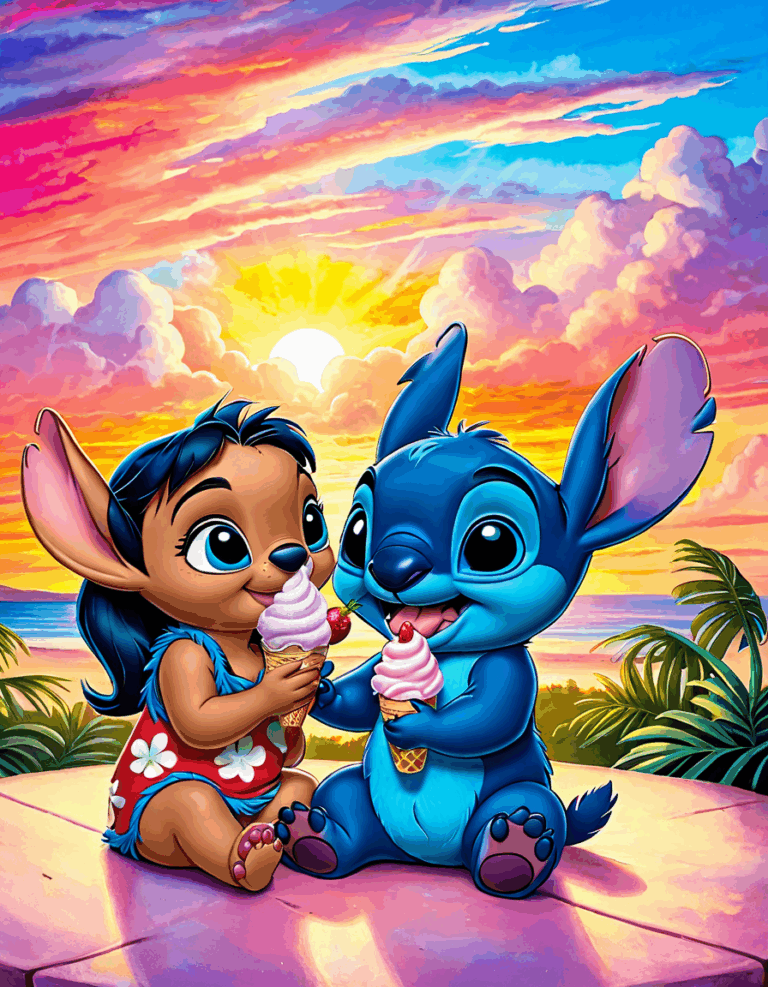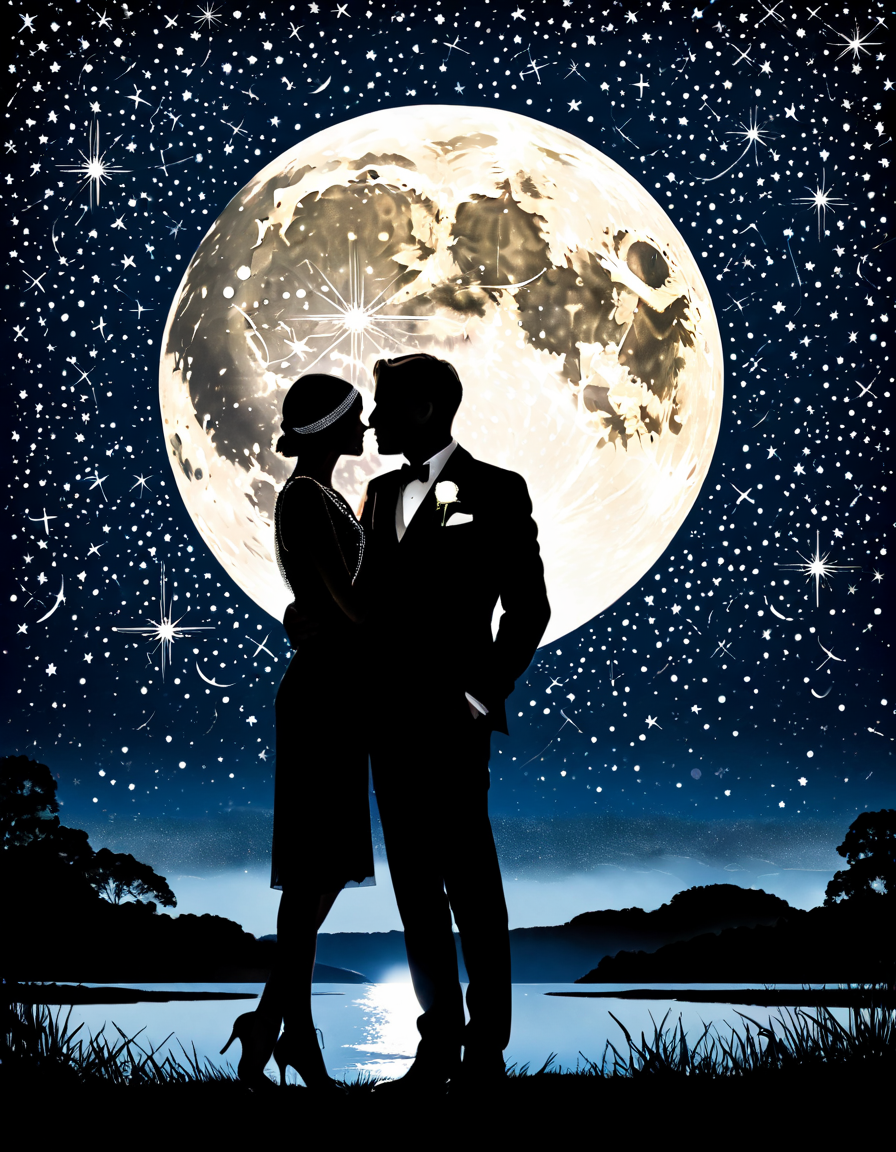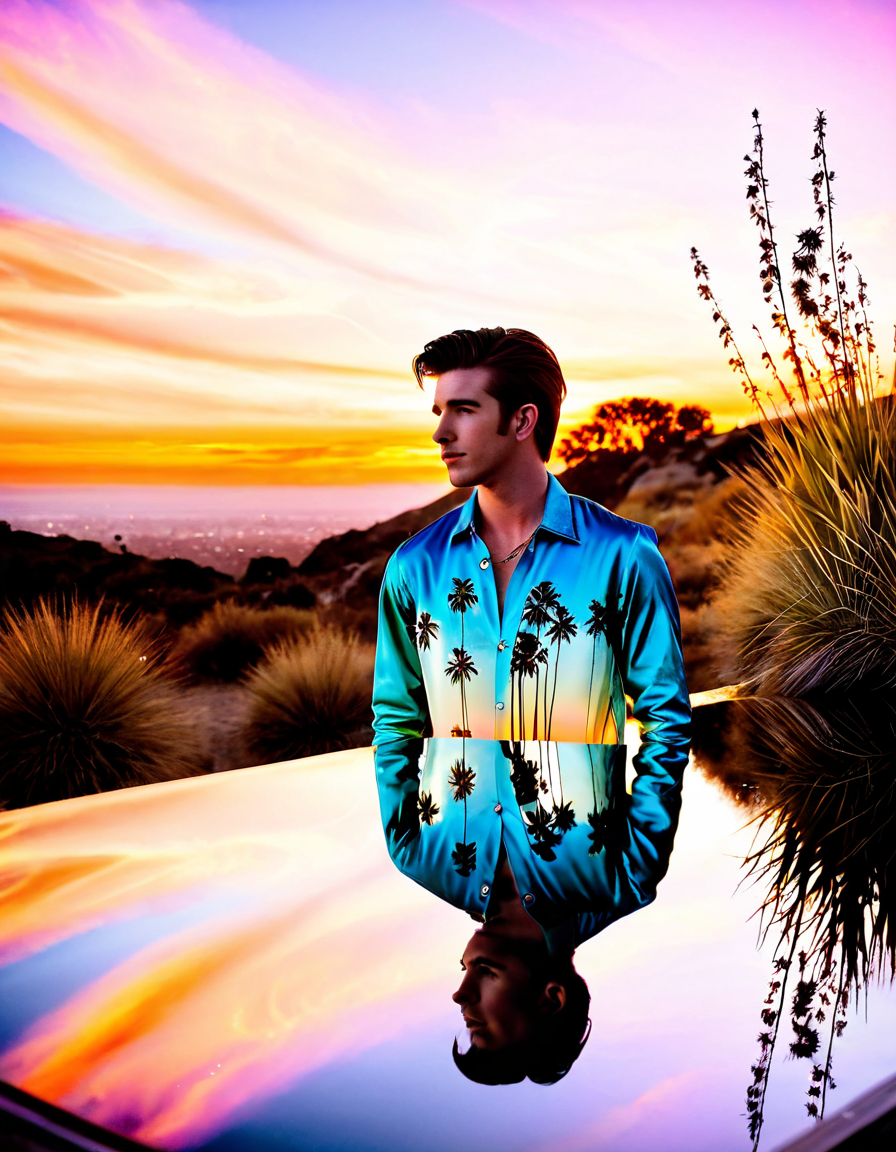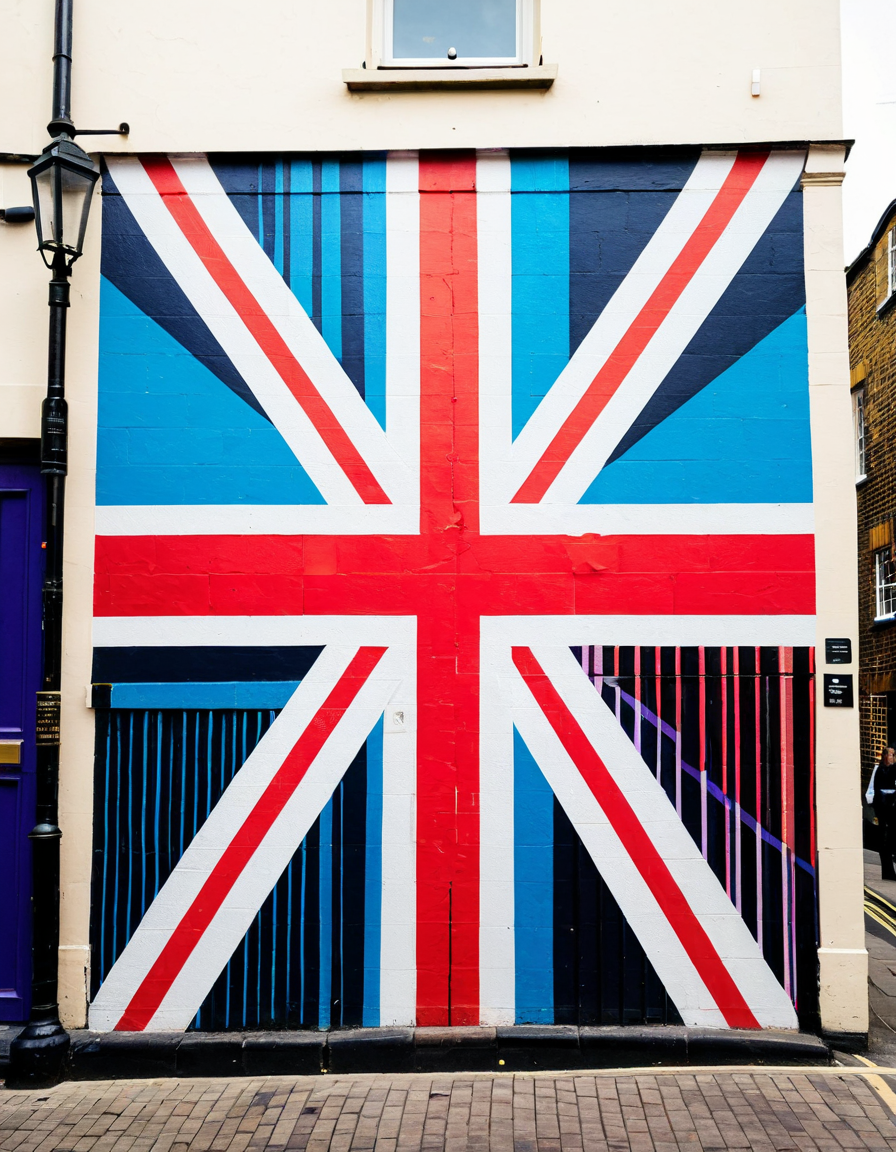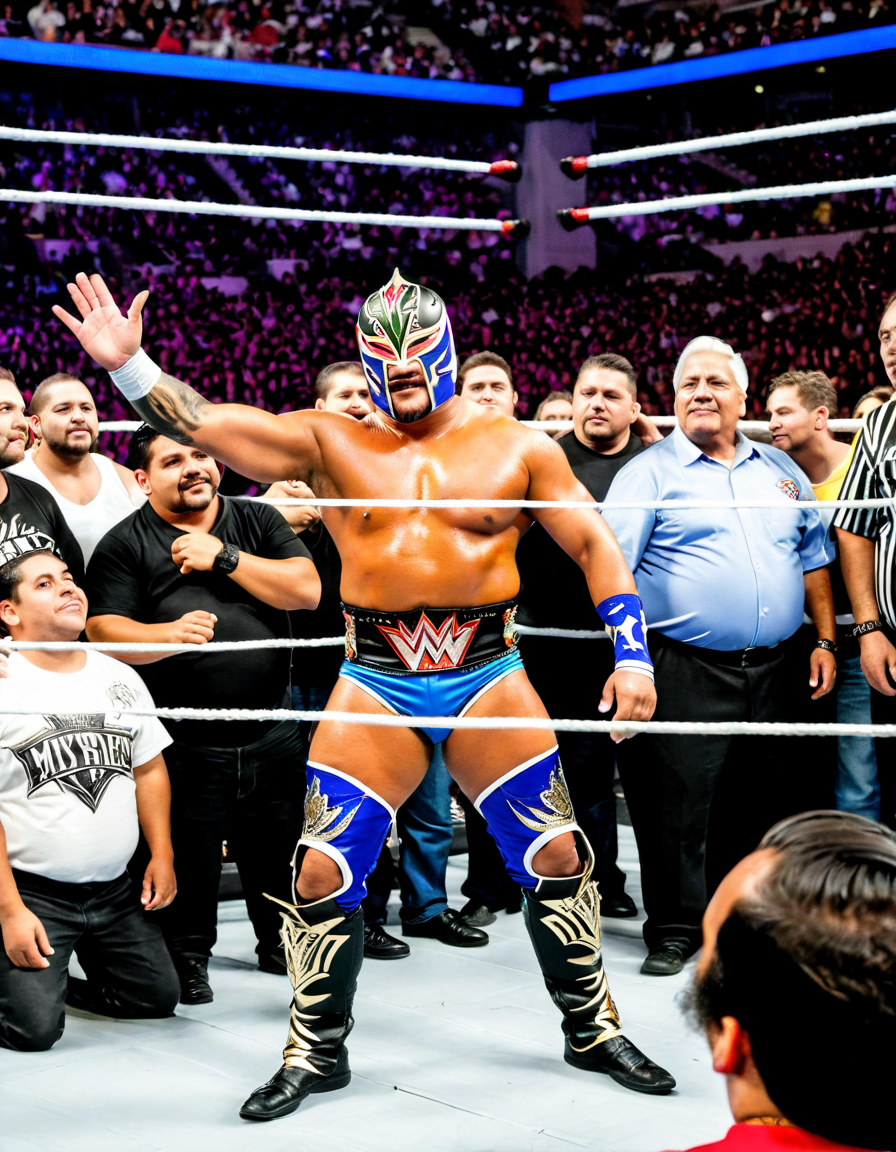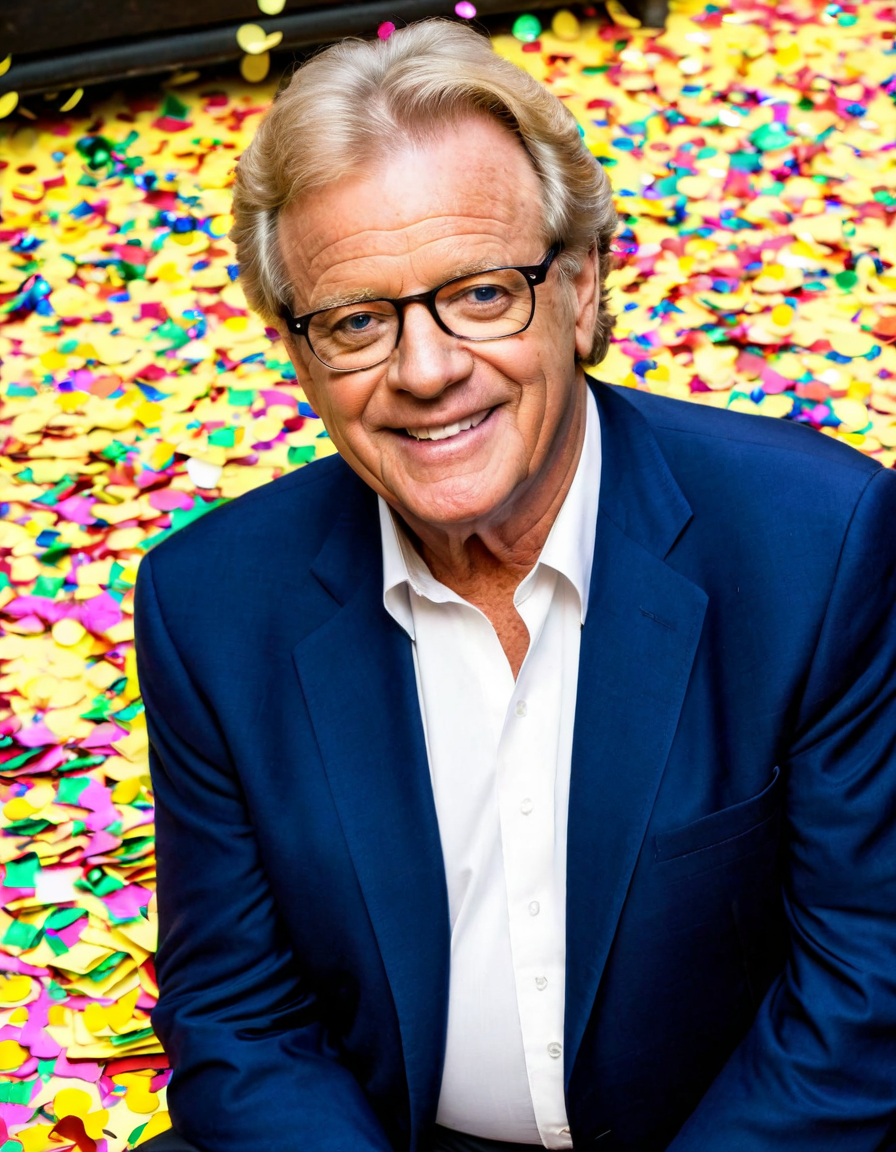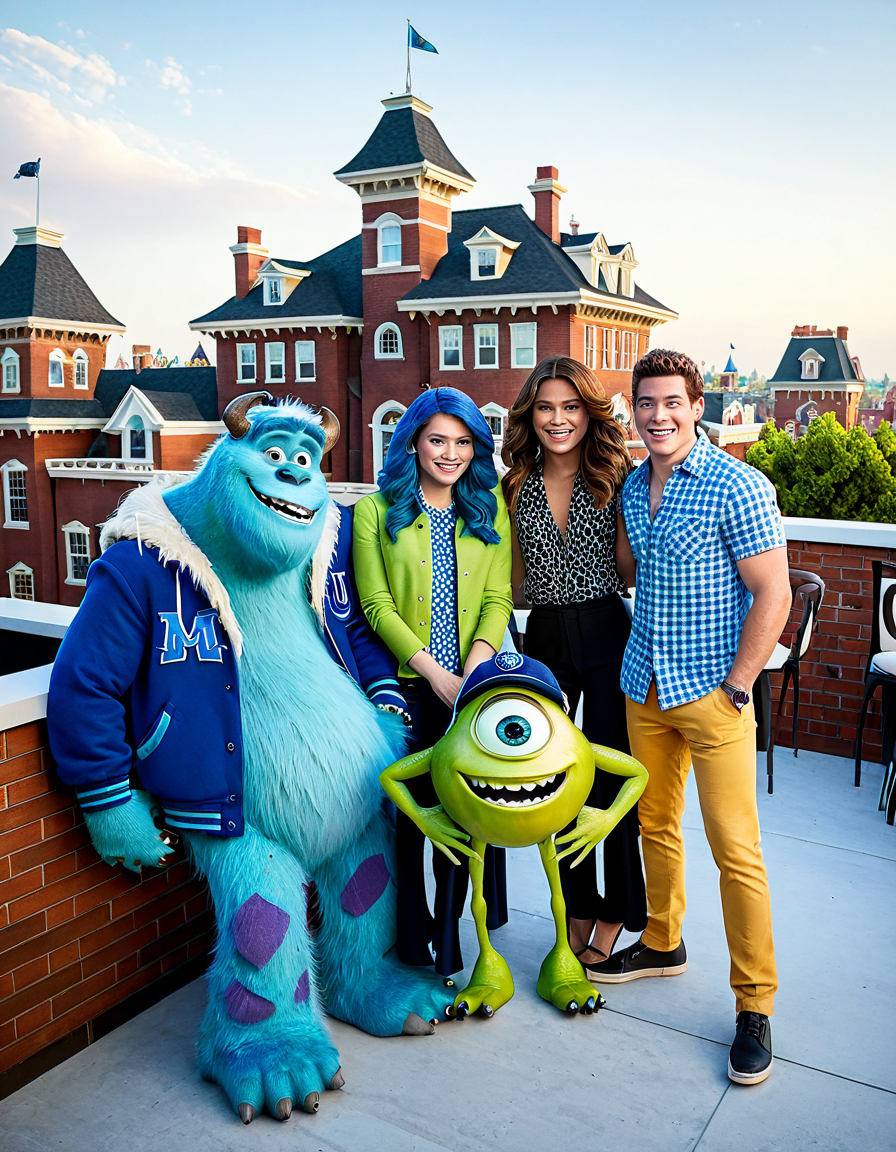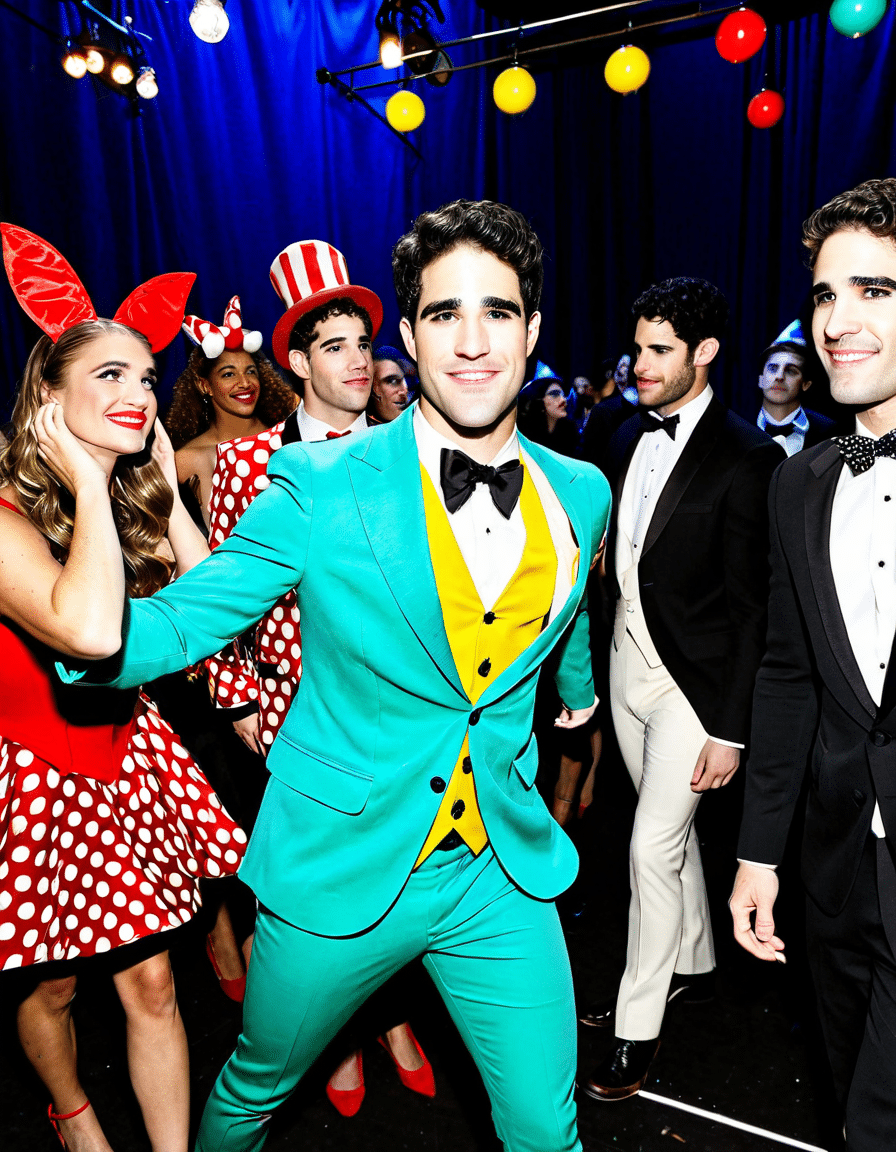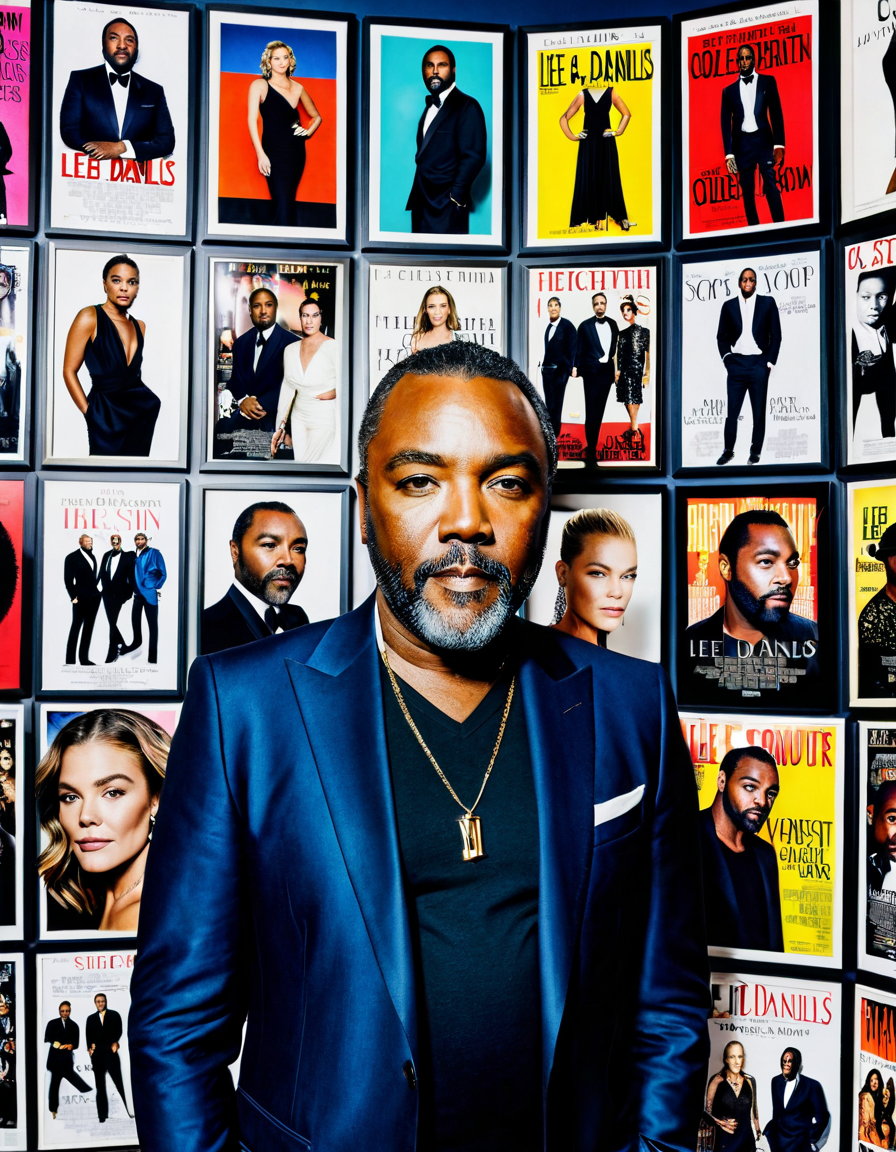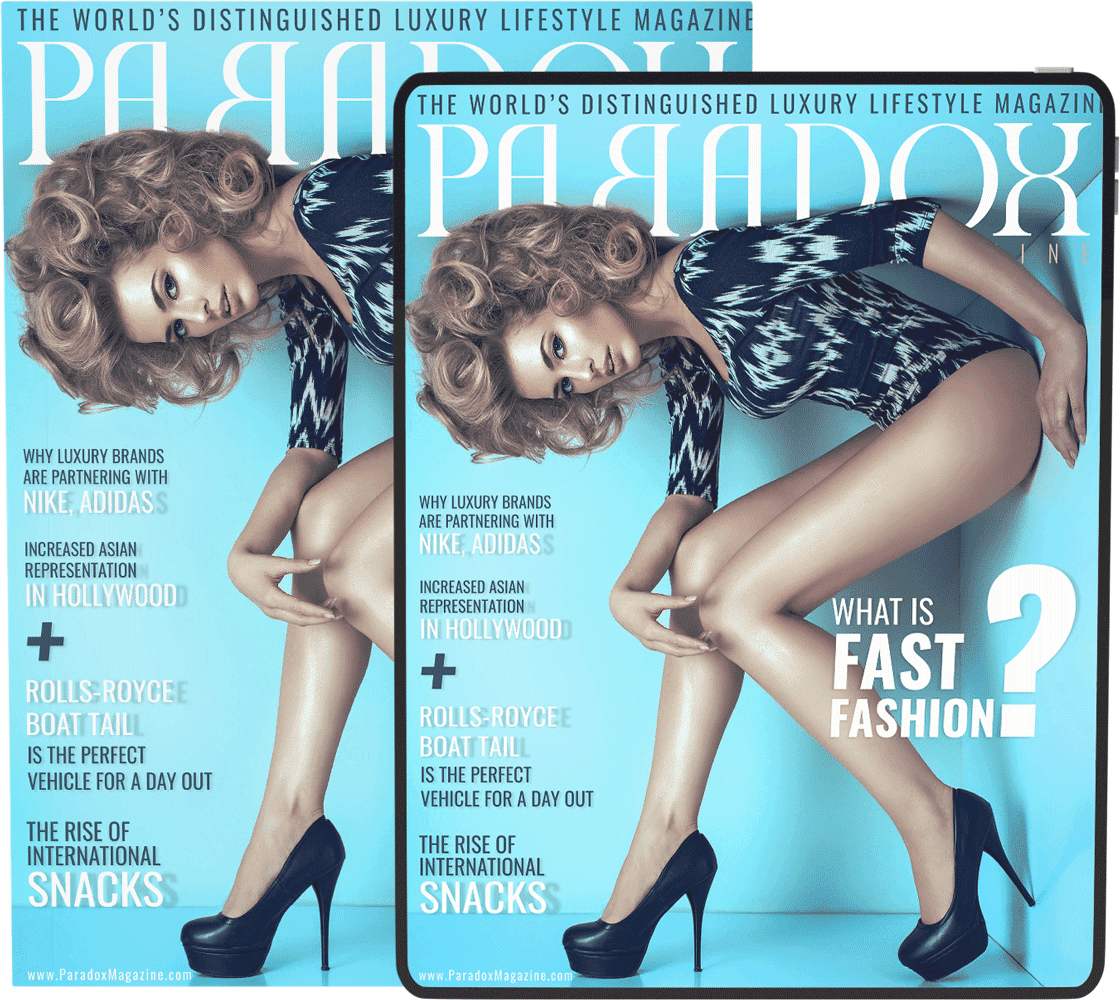Ah, The Great Gatsby. A tale as flashy as the dazzling soirées hosted by Jay Gatsby himself. F. Scott Fitzgerald’s literary gem isn’t just a story of prohibition-era glamour and heart-wrenching romance; it weaves intricate themes of wealth and love into a narrative that still speaks to us in 2026. Let’s saunter through the pages of this iconic classic and unveil how its themes resonate today, much like a perfectly tailored blazer, providing structure and elegance to our understanding of the human experience.
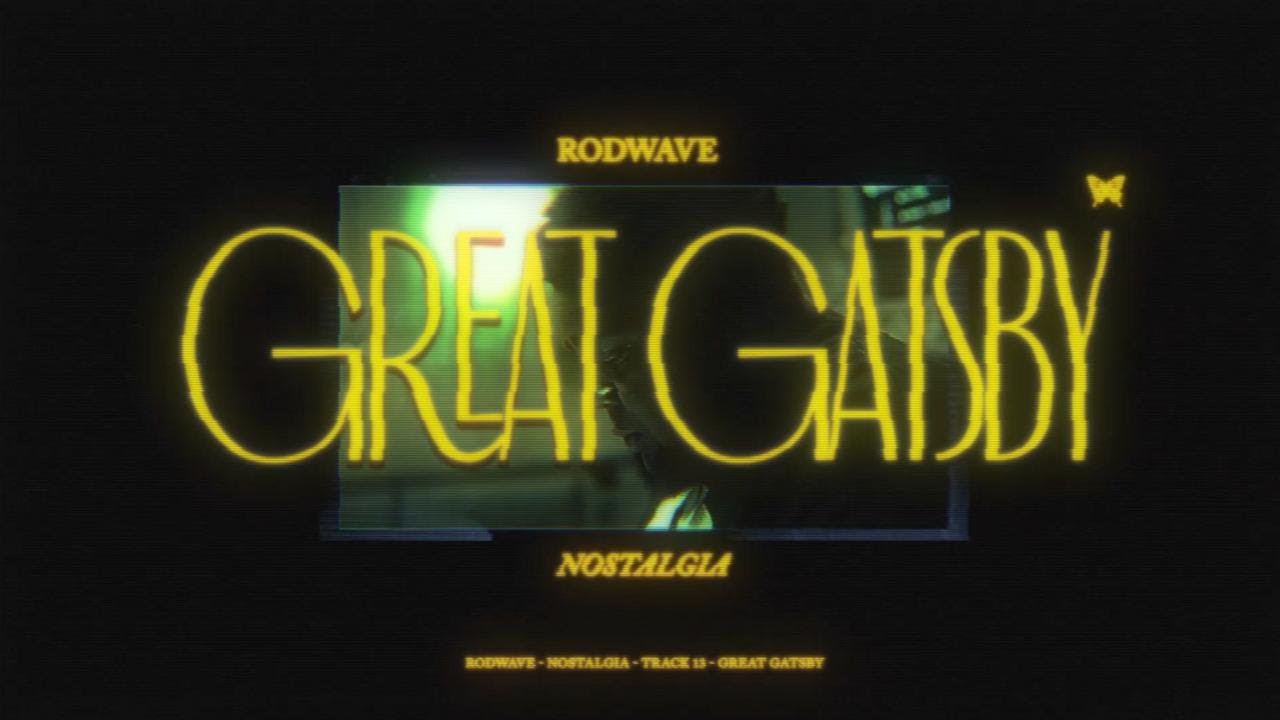
Top 7 Themes of Wealth and Love in The Great Gatsby
At the core of The Great Gatsby lies a scintillating exploration of wealth and love, revealing a tangled web that weaves through the lives of its characters. As we dive deeper into the narrative, we’ll uncover seven prominent themes that expose the truth behind Gatsby’s glittering facade.

1. The American Dream and Materialism
In the shimmering world of The Great Gatsby, the American Dream is king. Gatsby’s relentless pursuit of wealth to win back Daisy Buchanan illustrates the promise that hard work can lead to success. Yet, Fitzgerald critiques this ideal, revealing the hollowness that often accompanies materialism. Ever see the omnipresence of figures like Elon Musk? His staggering wealth hasn’t granted him immunity from public criticism or personal suffering, a stark reminder that money can’t buy happiness or emotional fulfillment.
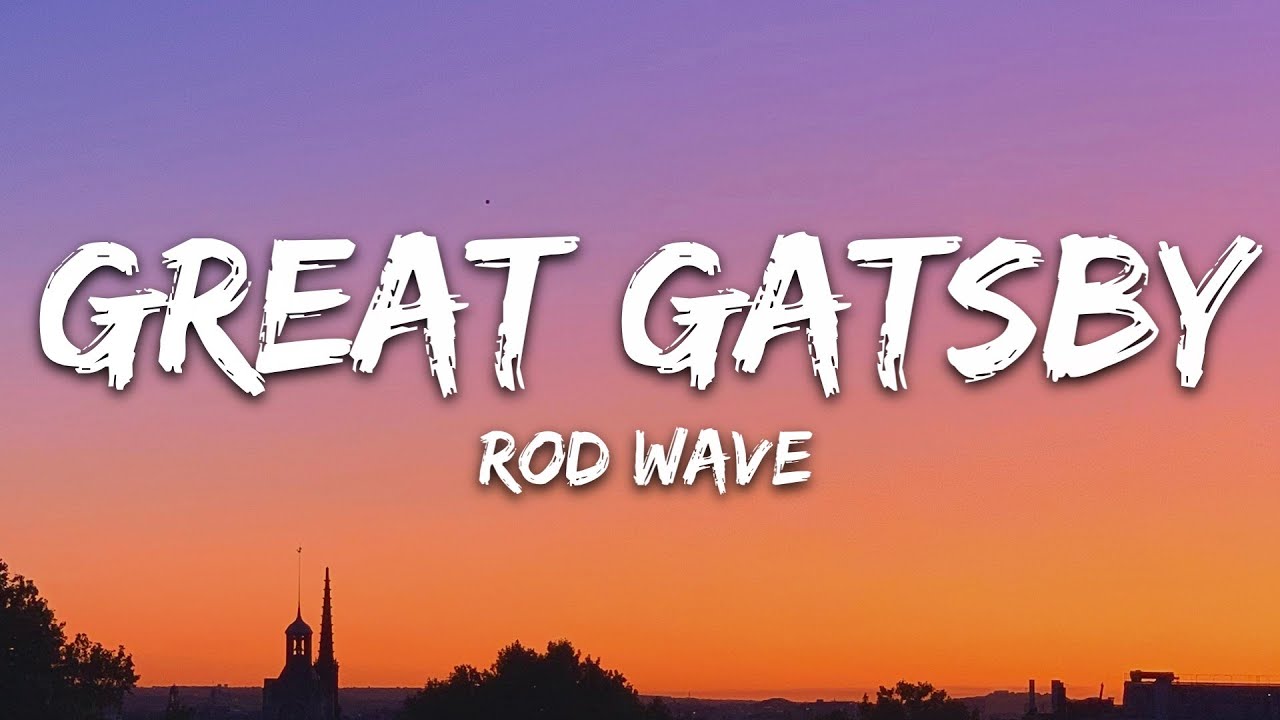
2. The Illusion of Love
Oh, the lovelorn Gatsby! His infatuation with Daisy feels like a fairy tale from which he can never awaken. Yet, their romance, draped in the shimmering garb of wealth and status, exposes how love can at times merely be an illusion. Consider the relationship dynamics seen in today’s celebrity whirlwinds, like Kim Kardashian and Kanye West. Their love story played out under the glaring spotlight of media scrutiny, often overshadowed by the pressures of public expectation, leading to a spectacular unraveling.
3. Class Structure and Social Barriers
In the plush pages of this classic novel, we’re thrust into the rigid class divisions of the 1920s. Daisy’s choice to wed Tom Buchanan underscores how social status dictates everything, from love to friendships. Fast forward to today, and the likes of Jeff Bezos and Mark Zuckerberg demonstrate how wealth influences social networks. Sometimes, it seems that your net worth can dictate who you marry or hang out with, echoing Gatsby’s pain as he reaches for the unattainable.
4. The Role of Women in Wealth Dynamics
Daisy and Jordan Baker serve as poignant reflections of the expectations heaped upon women in a male-driven society. They navigate a world tethered to the fortunes of the men surrounding them, revealing the layers of agency and ambition at play. In modern society, influential women like Melinda Gates exemplify this struggle, faced with perceptions and biases while stepping into their power. It’s a situation that begs the question: Can wealth truly liberate women, or does it merely come with its own strings attached?
5. The Tragic Flaw of Ambition
Gatsby’s singular ambition to reclaim Daisy leads him down a dark and lonely path. His dreams, intertwined with material wealth, unveil a cautionary tale about ambition gone awry, much like the downfall of Elizabeth Holmes, the Theranos founder. Her quest for success, shrouded in deceit, reminds us that ambition lacking ethical borders can spiral into chaos. Fitzgerald’s tale resonates as we reflect on how unchecked ambition serves as a double-edged sword.
6. The Disenchantment with Wealth
Beneath all those lavish parties and glittering soirées, The Great Gatsby reveals a stark disenchantment with wealth. Myrtle Wilson’s tragic story embodies the despair hidden behind dues and glitz, a truth mirrored in the lives of many influencers today. They showcase extravagant lifestyles online, yet behind the filter lies a struggle with mental health issues, proving that wealth does not equate to genuine happiness or fulfillment.
7. Legacy and Memory
In the poignant conclusion of Gatsby’s story, we confront the frailty of legacy. Despite his amassed wealth, Gatsby’s death goes largely unnoticed; he’s remembered more for his scandal than his grandeur. This theme rings true in contemporary society, as figures like Bernie Madoff illustrate. Their missteps overshadow talents or successes, leaving us to ponder the essence of true legacy—one that thrives on meaningful relationships rather than financial abundance.

The Great Gatsby in Contemporary Context: An Evolving Narrative
As we move into the mid-2020s, the themes intertwined in The Great Gatsby have taken on new life and urgency. The ongoing struggles with wealth disparity and mental health issues have prompted a generation to rethink materialism in the quest for happiness. The American Dream is particularly re-evaluated, offering a fresh narrative focusing on authenticity instead of superficial success.
We’re witnessing a shift where people, especially the youth, now prioritize integrity and connection over traditional markers of accomplishment. Social media platforms are abuzz with voices questioning whether wealth truly equates to value, echoing Gatsby’s heartbreaking tale. So, as we reflect on this timeless masterpiece, let it be a gentle nudge to cherish genuine connections over the gilded frames of wealth.
Ultimately, The Great Gatsby remains a compelling mirror, reflecting our evolving understanding of wealth, love, and legacy. As we navigate our modern lives, let’s cherish the lessons of Gatsby’s journey, reminding ourselves that true fulfillment often lies beneath the surface. So, the next time you sip on that bubbly at an extravagant party, remember, it’s the human connections that will outlast the glitter of gold.

Great Gatsby: Captivating Trivia and Interesting Facts
The Glitz of Gatsby’s Life
F. Scott Fitzgerald’s “The Great Gatsby” immerses readers in the roaring twenties, an era teeming with jazz music and exuberant parties. Did you know that the novel was published in 1925, initially receiving mixed reviews? Fast forward to today, and it’s hailed as a classic and a cornerstone of American literature. Speaking of iconic timeline shifts, the buzz around popular culture today, like Mandalorian Season 3 Episode 3, shows how preferences evolve while old gems remain cherished. Gatsby’s lavish lifestyle, filled with extravagant soirees, mirrors today’s social media-driven need to showcase wealth, much like the twisted fate faced by characters in Destino Final 5.
The Glittering Symbolism
One of the most striking symbols in “The Great Gatsby” is the green light at the end of Daisy’s dock, representing Gatsby’s dreams and desires. This little beacon inspires reflections on ambition, love, and the elusive American Dream that many strive for, akin to how researchers occasionally explore the bizarre history of Harvard Library human skin books. Such contrasts in ambition sometimes lead to wealth, with many seeking assistance from a financial path like acquiring a Navy Federal car loan. It’s fascinating how the desires depicted in Gatsby’s world echo through countless stories involving aspiration, whether it’s winning big or simply chasing love.
Tales Beyond Gatsby’s Glamour
Even the characters surrounding Gatsby have stories worth exploring. Take Gatsby’s mysterious origin, which has sparked endless discussions and comparisons to other media, such as the dynamic storytelling of American Gods cast. The interactions in “The Great Gatsby” unveil layers of social commentary, much like how the saga presented in The Central park Five delves into societal challenges. And on lighter notes, those searching for family-friend dramas might find joy in a nostalgic trip down memory lane with the Sister Sister cast and even contemplate where to watch Sister Wives to see modern takes on relationships.
In sum, “The Great Gatsby” doesn’t just narrate an extravagant journey of wealth and love; it invites readers to reflect on their aspirations and dreams amidst societal facades. Whether flipping the pages of this classic or diving into other narratives, the connection to the ever-changing dynamics of life remains as strong today as it was in Gatsby’s time.










